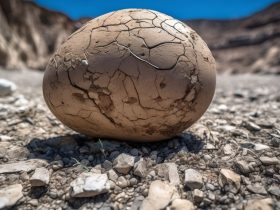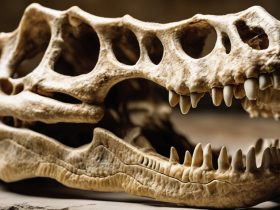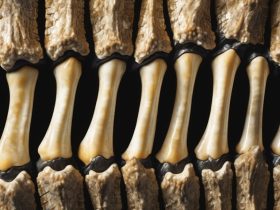According to a recent study, our Milky Way is not as mixed as some scientists may think. The paper was published on Wednesday in the journal Nature, and it brings a new light to our galaxy’s history.
Mapping the Metal Dust
The research is about the distribution of metals in the Milky Way. Except for hydrogen and helium, our galaxy is full with all metal elements, some of them found in gas forms. In order to study the metal elements inside the dust across the spiral galaxy, researchers used the Hubble Space Telescope and the Very Large Telescope in Chile. Both machines helped to map the metal dust. Experts want to understand the Milky Way’s history better; however, the current observations are insufficient.
“Initially, when the Milky Way was formed, more than 10 billion years ago, it had no metals,” Annalisa De Cia, an astronomer at the University of Geneva in Switzerland and lead author on the new research, said in a statement. “The stars gradually enriched the environment with the metals they produced.”
How did the start enrich the environment with metals? According to the study, at the core of a star, some atoms colliding create heavy types of matter, including iron. Therefore, when a star explodes, it sends all these particles throughout our spiral galaxy. In theory, metals mix in with the rest of the Milky Way when this happens. However, this is not always the case. Stars don’t necessarily explode when they run out of fuel.
According to the traditional scientific models, the mixing process is very effective. The research includes observing dust near 25 different stars. However, the recent paper suggests there are local differences in metal levels. Therefore, experts need to study our galaxy more in order to understand the history behind it. However, this requires new research and reevaluation of their current approach.

























Leave a Reply